Subtotal:
£98.99
“Soundtoys 5 Complete Bundle (WINDOWS)” has been added to your cart. View cart
Spectral Plugins OCS-45 (Windows)
Rated 5.00 out of 5 based on 3 customer ratings
(4 customer reviews) 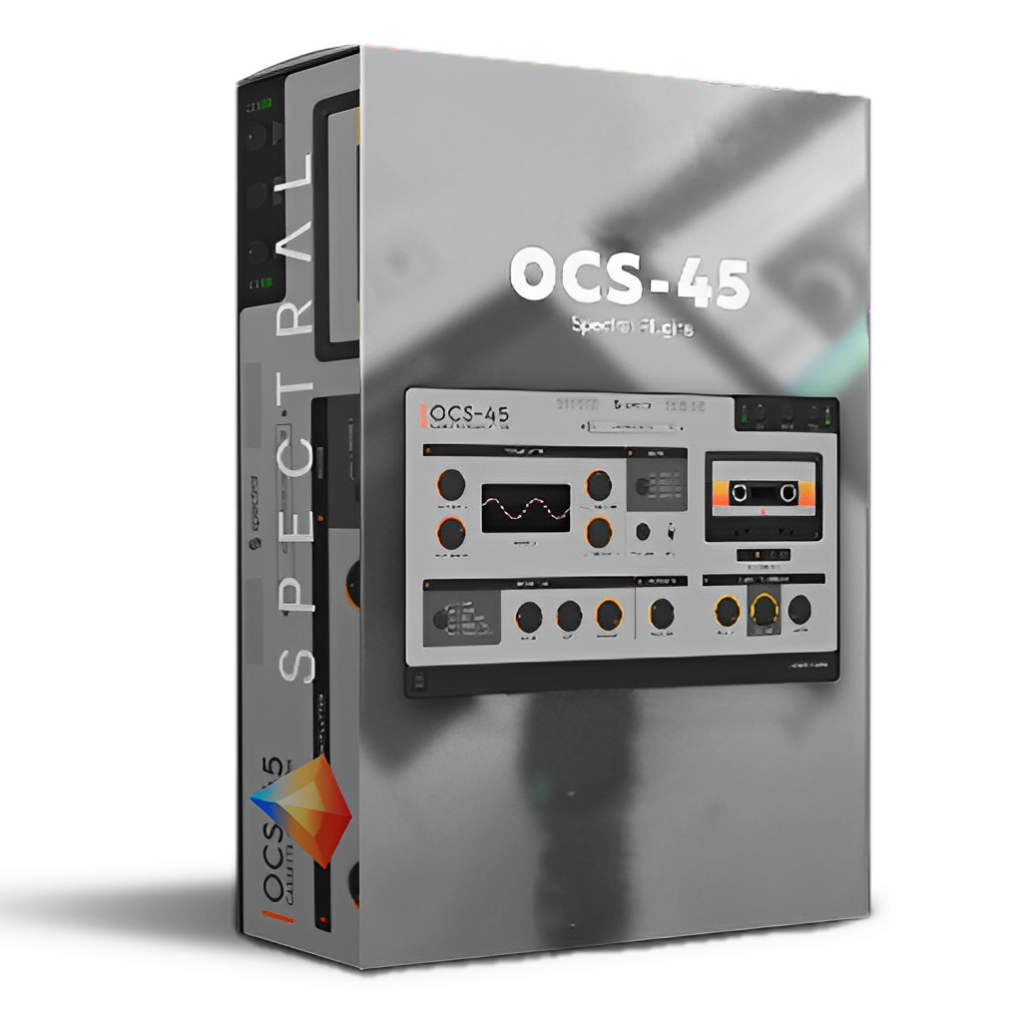
£3.99



Product Description
Perfectly Imperfect
OCS-45 Cassette Simulation brings all of the lo-fi, vintage feel of cassette tapes to your sound. Get instant retro vibes by choosing from four authentic cassette types, each with its own distinct character, and add in all the charming imperfections of tape by combining pitch modulation, background noise and dropouts.
As well as being a cassette simulation plugin, OCS-45 is a rich distortion processing unit with five precisely programmed distortion types – perfect for adding extra life and warmth to anything you put it on. And, with Dry/Wet and Bypass controls for each effects module, you’re in full control, whether you want nostalgic cassette emulation or more creative effects combinations.
WOW/FLUTTER
In tape recordings, there are often inconsistencies in the sound due to imperfect equipment mechanics. These irregularities cause fluctuations in the tape speed, leading to variations in pitch and tonal degradation, known as “wow” (slow movements) or “flutter” (fast movements).
OSC-45’S Wow/Flutter module allows you to add this detuned, wobbly and worn effect to your sound, at a rate and depth that suits you.

RICH DISTORTION PANEL
- Tube – A semi-aggressive form of distortion that simulates Tube amplifiers.
- Diode – A specific way of clipping that produces an aggressive, distorted sound.
- Soft Clip – Rounds up the endings of the waveform resulting in a pleasant warm sound.
- Saturation – A subtle form of distortion that adds pleasant-sounding harmonics.
- Downsample – Reduces the sample rate of the signal creating a bright ringing tone.

CASSETTE SETTINGS
Simulate one of four tape types, reduce the quality, mono-ize them, and blend with Dry/Wet. Discover each type lower down this page.
OCS-45 is a cassette VST with four modes modelled on the major tape types of the golden era of compact cassettes, classified in 1979 by the IEC. The magnetic tape in each type was created with a different chemical, and performed and sounded uniquely as a result.

NOISE
One of the most recognisable features of low-fidelity cassette tapes is background hiss. OSC-45’s Noise module allows you to blend this warm noise into your sound, providing an extra layer of static and texture to fill it out.
There are four noise types to choose from, and the noise generator will run alongside your audio and stop whenever your sound stops playing. The D/O switch can also applies periodic dropouts to the noise signal (see below).

DROPOUTS
Physical cassettes have a tendency to cut out short amounts of sound periodically due to damaged or degraded tape or playback heads.
OCS-45’s Dropouts module applies this effect separately on both the left and right channels and runs independently on both input signal and the Noise generating module. You can keep the Amount dial low for a delicate feel, or crank it up to add more frequent and audible volume breaks.

CASSETTE TYPES
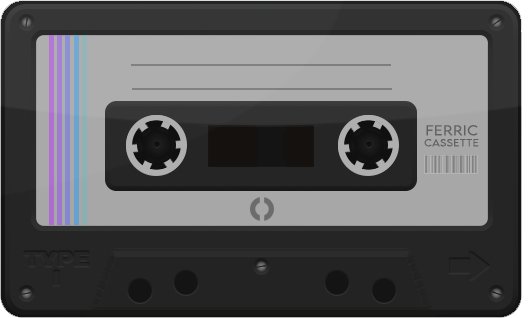
I Ferric Cassette
The first type of cassette tape were the Ferric Type I tapes, also known as “Normal” tapes. The magnetic layer of a ferric type has a brown colour, and you can tell a Type 1 by looking for two notches on either side of the top of the cassette. The least expensive and most common of the four types, they dominated the pre-recorded cassette market.
Type I cassettes excel with low-frequency, bass-heavy music, but their fidelity suffers at higher frequencies, especially in comparison to the chrome and metal cassette types that were introduced later.
II Chromium Cassette
Also known as “High Bias” or “Chrome” tapes, Type II cassettes were developed to improve on the lack of treble headroom in Type I. Not all Type II cassettes contained chromium, but true chrome tape is easy to identify by its distinctive “old crayon” smell.
The introduction of Type II cassettes had a huge impact on compact cassette sound. Their sound is characterized by a low noise floor and extended top end range. However, this improvement in high frequencies from Type I cassettes was tempered by a reputation of “bass shyness”.


III FeCr Cassette
Released for a short period between the mid 1970s and early 1980s, the Type III ferrichrome (or ferro-chrome) was an attempt to combine the enhanced high frequency definition of Type II and the fuller bass of the Type I cassettes. This was achieved by blending ferric oxide and chromium dioxide on the tape coating.
Listening to Type III cassettes on 1970s consumer equipment would have made it a little difficult to hear the difference compared to Type II and I, but you’ll be able to make out more thickness in the bass and a strong treble sound.
IV Metal Cassette
The only metal tape of the four, the Type IV cassette, were more expensive and not as popular in the consumer market as a result. Metal particle cassettes, or “Metals”, were first introduced in 1979, with high end “Super Metals” introduced by companies like Sony and TDK at the start of the 90s.
Type IV cassettes have the widest dynamic range of the four types, coupled with the lowest distortion. There’s less hiss with a metal cassette than a Type I, with solid low end and the best treble response out of the four.

Add a review
You must be logged in to post a review
Log In


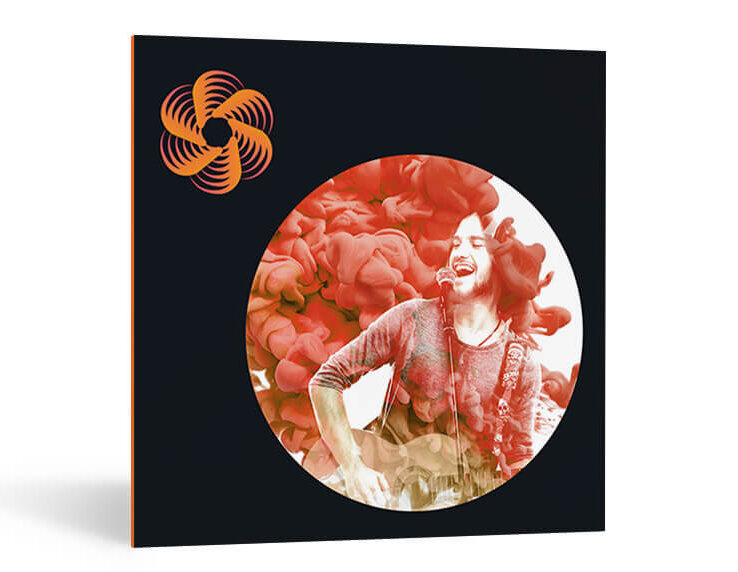
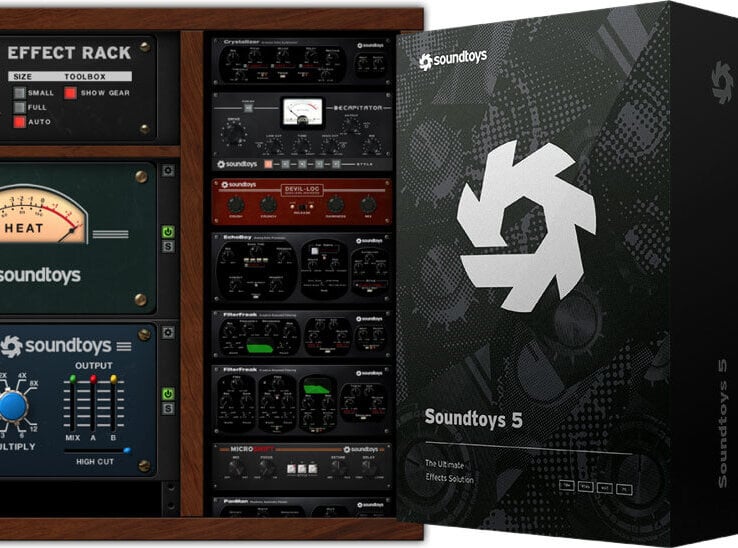

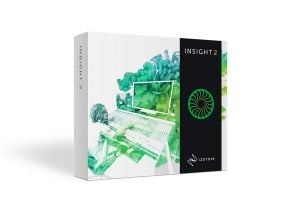
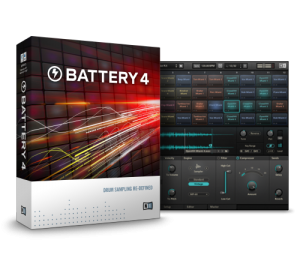
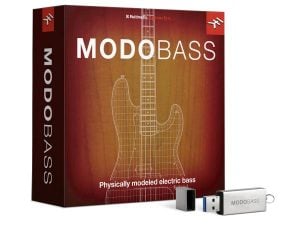
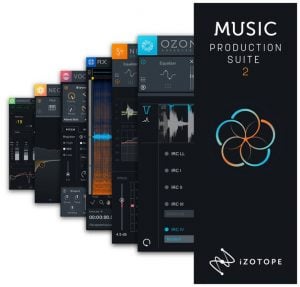

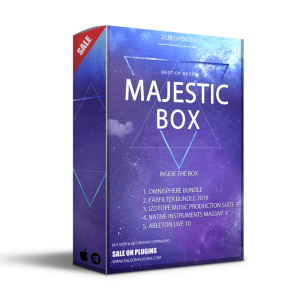
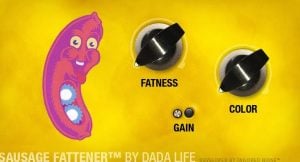
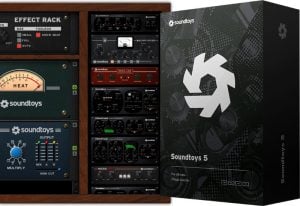
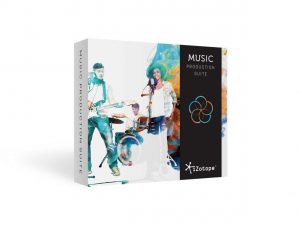
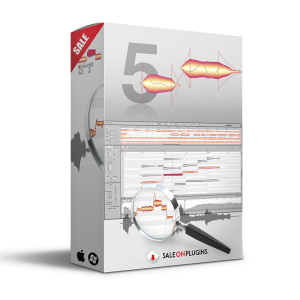
Reviews
There are no reviews yet